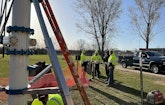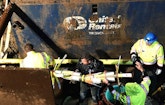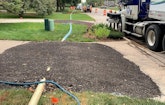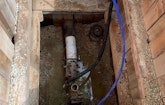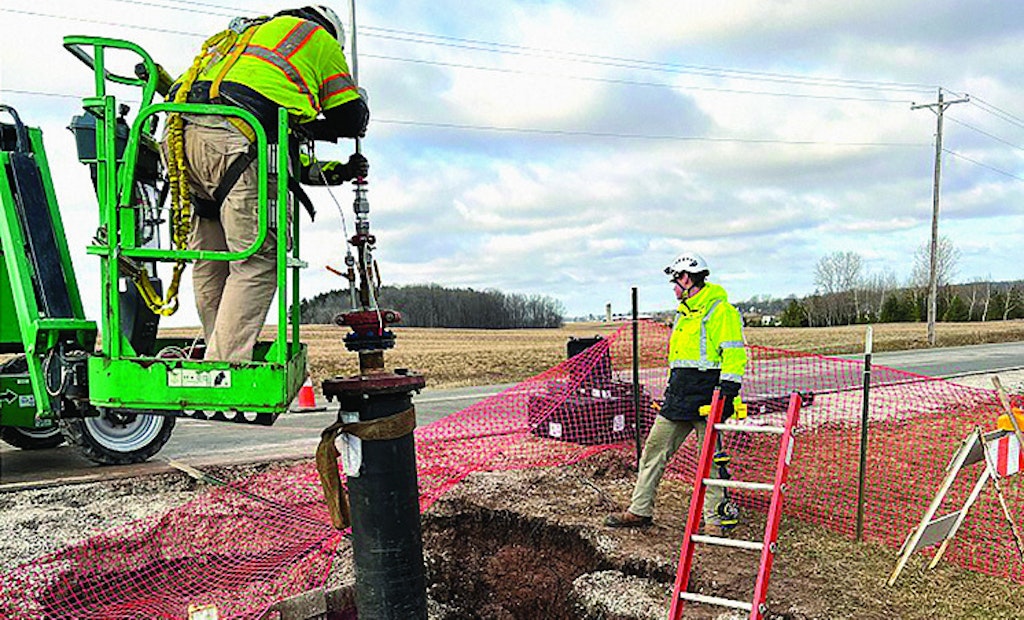Some segments of Green Bay Water’s infrastructure are old — we’re talking 1882 old — but there is nothing yesteryear in the thinking of the utility’s leadership.
“We like to think of ourselves as proactive,” says Brian Powell, general manager of Green Bay Water. “We...

